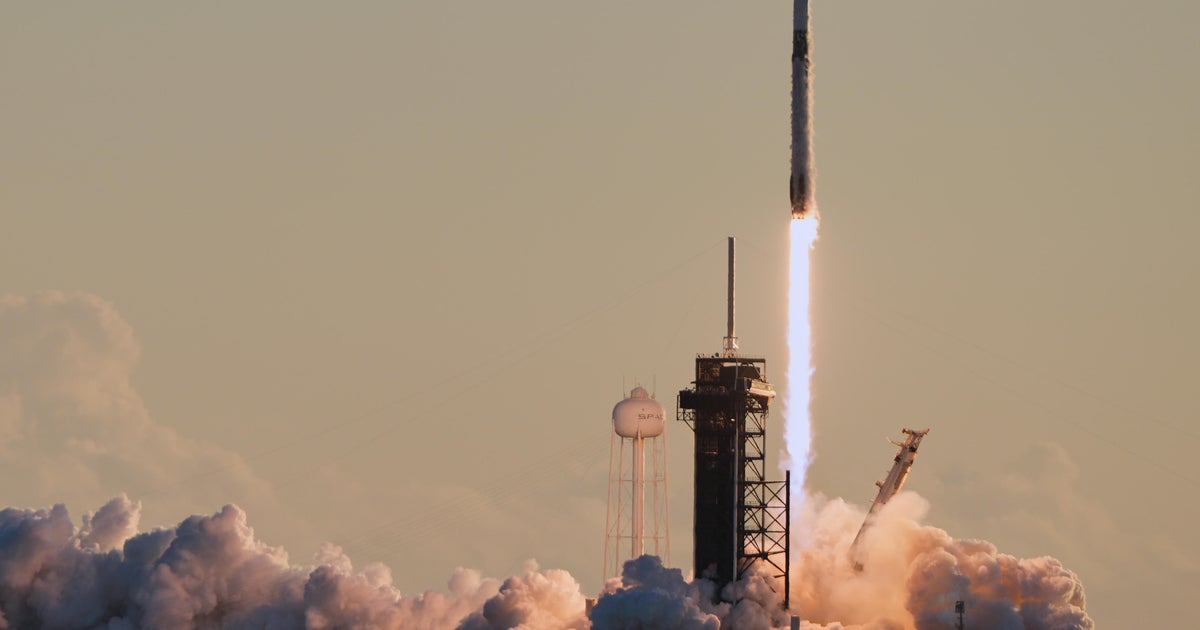Impulsive M6 flare on the sun this morning.
Big Blasts from the Farside Come into View | Space Weather News 27 September 2025
Space Weather has calmed down a little bit this week, despite some gorgeous eye candy erupting from the Sun's limb, only some fast solar wind and a slow, but dense stealthy solar storm are headed towards Earth. The stealthy solar storm may only give us a glancing blow, and it will hit alongside the fast solar wind, so it may simply enhance the effects of the fast wind stream. Aurora photographers at high latitudes should expect shows, but only if the fast wind and stealthy solar storm are larger than expected should those at mid-latitudes expect anything more than fleeting shows. Amateur radio operators and GPS users should expect mild conditions with noise on the dayside radio bands slowly increasing over the next few days. By mid-next week we could be seeing more frequent radio blackouts due to the cluster of new active regions that are rotating into Earth view. Learn the details of the solar activity, watch a lot of new regions grow in the hot longitudes near the Sun's east limb, and see what else is in store this week. #spaceweather #aurora #sun

Space weather satellites blast off to collect information on solar storms
A SpaceX rocket lifted off Wednesday from the Kennedy Space Center in Cape Canaveral, carrying NASA's Interstellar Mapping and Acceleration Probe, or IMAP.
The goal is to better understand the sun in order to better protect Earth, according to officials. As spectacular as they are, the northern and southern lights will not be the missions' focus.
During a preview of NASA's upcoming Artemis mission around the moon, science officials said Tuesday that these new space weather missions will enhance forecasting and provide vital alerts if major solar activity strikes. If that happens, the four astronauts will take temporary shelter in a storage area under the capsule's floor to avoid the heightened radiation levels.
The launch this week took place during a surprisingly active period for the sun, according to a recent study conducted by two NASA scientists, who noted that the uptick could affect space weather patterns as well as technology on Earth. Officials at NASA said each of its satellite missions will aim to better track those patterns, along with TRACERS twin satellites that SpaceX helped NASA launch several months ago to study how electrically-charge solar wind interacts with Earth's magnetic field.
"Space weather predictions are critical for supporting the spacecraft and astronauts of NASA's Artemis campaign, as understanding the space environment is a vital part of mitigating astronaut exposure to space radiation," NASA said in a statement.
Recent comments (from SpaceWeather News) of conflicting agendas by telecommunications and scientific satellites have overloaded the orbital positions, which may lead to possible collisions in the future.
Sunday, Sep. 28, 2025
COMETS ARE BEING PHOTOBOMBED: Comet Lemmon (C/2025 A6) is rapidly brightening and could become a naked-eye object in October. First, it has to fight through the interference. This movie of the comet from Lionel Majzik of Tápióbicske, Hungary, is streaked by a mixture of bright and faint lines:

These are satellites crossing the field of view--members of a growing number of megaconstellations crowding low Earth orbit.
A rising percentage of long-exposure comet images submitted to Spaceweather.com show this kind of interference. Our photo gallery is rife with examples. Here's one of interstellar Comet 3I/ATLAS being photobombed. And another. And another. The vast majority of streaks are Starlink satellites.
Astronomers have raised alarms. Future plans call for as many as 42,000 Starlink satellites--and Starlink is not alone. Amazon’s Project Kuiper has begun launching its planned 3,200-satellite broadband fleet. China is pushing even harder, with two separate megaconstellations on the drawing board: Guowang (13,000 satellites) and "Qianfan" ("Thousand Sails", 15,000-plus), Together, they could eventually rival or surpass Starlink in size.
If all these plans come to frution, the sky may one day host 100,000 small reflectors competing with celestial targets. Astronomers should take their long exposures now ... while they still can.
